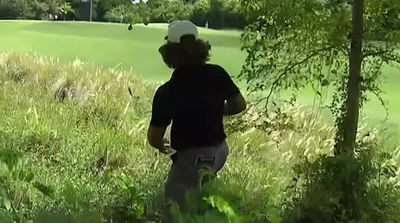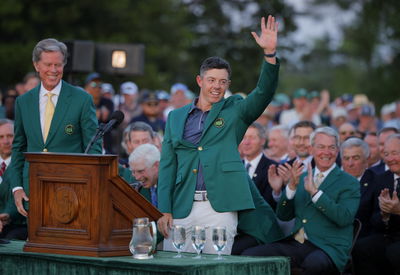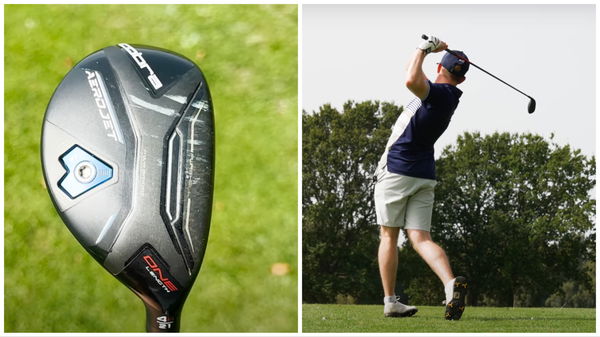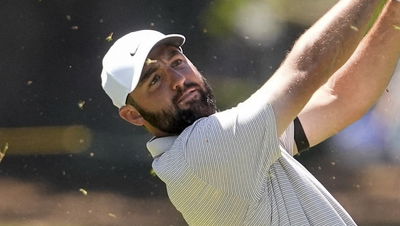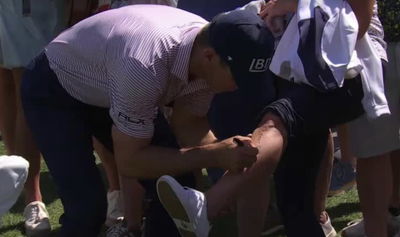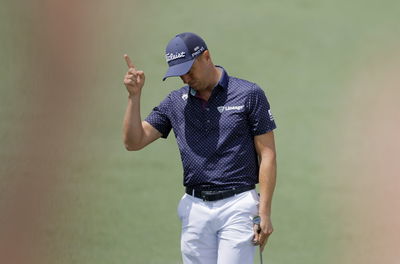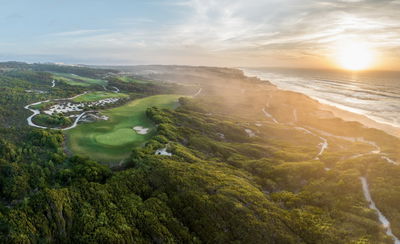2013 wedge buyer's guide
In the market for a new set of wedges? Our 2013 wedge buyer's guide will give you all the wedge tips you need to make the right choice

With a total of 14 clubs that the Rules of Golf allow and other speciality clubs – like the 7-wood - replacing the 3- and 4-iron, there’s room to add to the scoring clubs like the basic pitching and sand wedge.
Some of the top pros carry as many as four wedges to cope with the precise shots needed to handle tight fairways and the various grasses found around the world’s top courses.
5 wedge buying tips
1. WEDGE SPECIFICATIONS - Think about what degrees you need - what will suit your game?
2. LOB WEDGE - Do you need a club that will get the ball to go straight up in the air?
3. GAP WEDGE - Need a club between a wedge and a lob wedge - a gap wedge could be the answer
4. SAND WEDGE - Found a sand wedge with a suitable bounce
5. BOUNCE - What bounce do you need?
Wedge specifications
The basic pitching wedge usually comes as part of the eight or nine irons you tend to buy as a set. Cleveland wedge specifications may be different to Vokey Wedge specifications as PING wedge specifications will be different to Callaway specifications but there are some general wedge specifications specifications.
Wedge lofts vary from 46-51 degrees – you can be specific when you purchase a new set – and it’s there for approaches of up to 125 yards. It can also be used for delicate shots around the green and for longer bunker escapes.
The area behind the head, known as the bounce, helps to get the ball out on a cushion of sand. It’s also the heaviest club in the bag so will help dig deep into heavy rough to lift the ball on to the green.
From the fairway, balls hit with the sand wedge will fly 60-70 yards through the air and stop quickly.
Gripped down the shaft and played towards the back of the stance with the face slightly hooded, it’s a great club for playing delicate shots from the fringe that need to check and roll.
Golf bounce definition
Bounce is added in construction to the sole plate and gives a rounded appearance. So if your local course tends to be wet parkland, more bounce (8-11 degrees) will be less likely to dig into the ground.
Clubs with less bounce (6-8 degrees) will suit drier, fast-running heathland and links courses. So take into account the type of turf and sand you play on most regularly.
Lob wedges
Having watched the great skills of Tiger Woods and Phil Mickelson, more amateur players are looking for a lob wedge for sale.
Laid open with a lot of loft exposed (degrees usually range from 60-64), this club with little flange behind the face will slice under the ball and send it high over a short distance to land softly.
Off tightly-mown, soft turf it’s more difficult to control for the amateur as it has a sharp leading edge but played correctly will carry upto 40-50 yards with a lot of back spin.
Like standard wedges it's important to consider lob wedge degree and lob wedge when buying.
Gap wedge
Modern-day amateur handicappers are turning to the gap wedge to fill the perceived void between pitching and sand wedges. Gap wedge loft is normally 51-53 degree and a gap wedge distance is around 70-100 yards. There are loads of gap wedges on the market so shop around to find a gap wedge for sale.
Sand wedge
As the name suggest a sand wedge is designed to be used in, you guessed it, the sand. They're often the heaviest club in a player's bag and are usually 55-56 degrees and it often has the shortest shaft in the bag.
Out of all your wedges, bounce is the most important when choosing a wedge. Bounce lifts the leading edge of the club at impact which stops the club digging in the sand. This is particlularly important when the ball is buried as players need to hirt the sand behind the ball to lift the ball out of the bunker.
Choosing a wedge
When choosing a wedge other than that which comes with your set, try to get the shaft matched to the other irons in your bag. This will help to deliver consistency to your shots without having to adjust your swing.
But remember most specialist wedges come with steel shafts as steel helps to control shots with the heavier heads more consistently than graphite.
Wedge loft and wedge bounce should factor into your choice and try different ones out to see what fits your game. Also consider the conditions you play most regularly to get the most from your extra wedge.
Wedge material
There are five types of materials from which wedge heads are made steel, chrome (a coating of chrome over steel), gunmetal, copper and in a few instances, nickel, which is the softest.
The softer the face of your wedge the more spin you will be able to put on the ball and the softer the face the more feel you will have. Unfortunately they tend to wear down the grooves more quickly.
In recent years wedges tend to be coated in a thin layer of oxide, which, after use in damp conditions gives a rusty appearance. It might look unsightly but it gives more grip to shots needing spin and control.
What club suits me
Most pro shops and driving ranges will have demonstration clubs they will allow you to hit a bucket of balls with or even try out on the course. If you’re prepared to spend around £100 for a specialist club they can’t expect you to buy untried off the rack.
What to pay for a wedge
Cheaper wedges will be around £35, such as the MD Golf Superstrong Players, or as much as £169 such as a Vega Golf VW-04. On the whole, wedges are around £100 like the TaylorMade ATV or Clevaland 588.
Take a look at our Ten of the Best: Wedges to look at the prices of premium wedges.
What wedges do the professionals use?
Tiger Woods - Nike VR Pro Forged
Phil Mickelson - Callaway X Series Jaws CC and Callaway Mack Daddy 2
Bubba Watson - PING Tour S and PING Tour Gorge
Luke Donald - Mizuno MP T4
Rory Mcilroy - Nike VR Pro Forged
Sponsored Posts
Latest News
